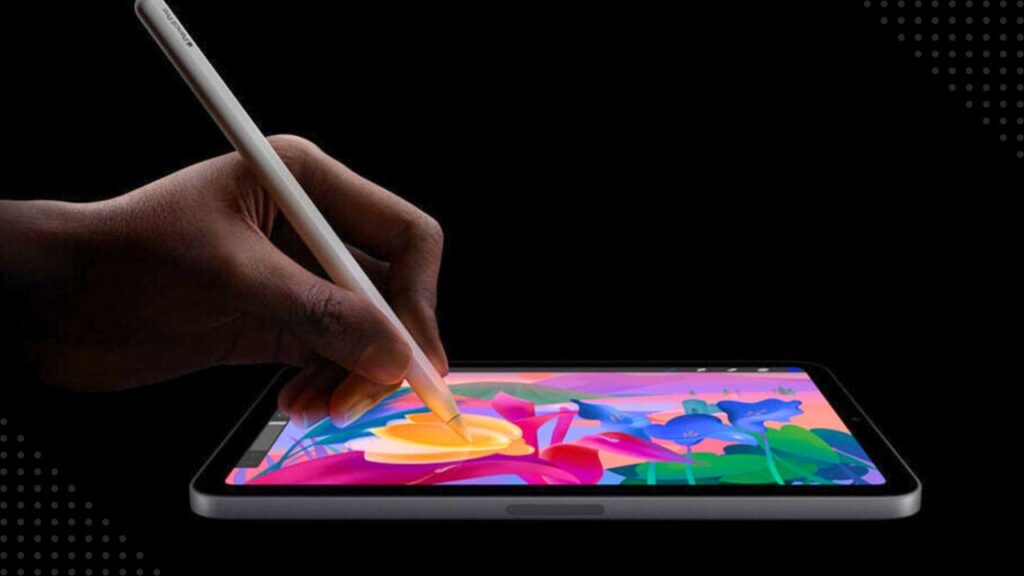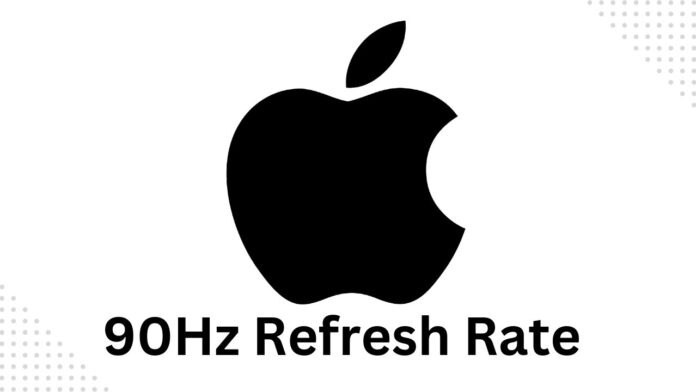Display The world of technology is constantly evolving, and Apple has always been at the forefront of these advancements. Known for its innovative products and attention to detail, Apple is reportedly stepping up its game by working on devices with a 90Hz refresh rate display. This move, if true, will address the growing demand for smoother and more responsive screens, bringing Apple’s products closer in line with competitors already offering high-refresh-rate technology.
In this comprehensive article, we’ll explore the significance of the 90Hz refresh rate, the devices likely to receive this upgrade, and the impact on user experience. We’ll also delve into the potential launch timelines and the future of Apple’s display technology.
What Is a 90Hz Refresh Rate?
Before diving into Apple’s plans, it’s essential to understand what a 90Hz refresh rate entails. The refresh rate refers to the number of times a display updates its image per second.
Standard Displays (60Hz):
Traditional screens refresh 60 times per second. While sufficient for basic tasks, they can feel sluggish during fast-paced activities.
90Hz Displays:
These refresh 90 times per second, offering smoother scrolling, fluid animations, and a more responsive experience. This is particularly beneficial for gaming, video playback, and general usability.
Upgrading to 90Hz would enhance Apple’s devices, making them more competitive in the premium market.
Why Is Apple Embracing the 90Hz Refresh Rate?

Apple has faced criticism for lagging behind competitors in adopting high-refresh-rate displays across its entire product lineup. While its ProMotion technology delivers 120Hz refresh rates in Pro models of iPhones and iPads, many other Apple devices still operate at 60Hz.
Key Reasons for the Upgrade
Enhanced User Experience:
A higher refresh rate means smoother visuals and reduced motion blur, improving the overall experience for users.
Competitive Edge:
With Android devices widely offering 90Hz and 120Hz displays, Apple needs to keep pace to retain its market share.
Future-Proofing:
As digital media and gaming evolve, high-refresh-rate screens will become the standard. Apple’s adoption ensures its products remain relevant.
Devices Expected to Feature 90Hz Displays
iPad Air (Next Generation)
The iPad Air has been a favorite among Apple fans for its balance of power and affordability. The current generation operates at a 60Hz refresh rate, but leaks suggest the next iteration will boast a 90Hz display.
Benefits for iPad Air Users:
- Navigating through websites and documents will feel smoother.
- A higher refresh rate ensures fluid gameplay.
- Animations and transitions will look seamless.
- The iPad Air is also rumored to feature the powerful M3 processor, which will complement the 90Hz display for an unparalleled experience.
iPad Mini 7
The iPad Mini is another device that may receive the 90Hz treatment. Known for its compact size and versatility, this upgrade would make the Mini an even more compelling option for students and professionals.
Key specifications expected in the next-generation iPad Mini include:
- LCD panels with 90Hz refresh rate.
- Improved scrolling and animations.
- Enhanced performance powered by the M3 chip.
24-inch iMac
Apple’s all-in-one desktop, the 24-inch iMac, currently features a 60Hz refresh rate. An upgrade to 90Hz would benefit creative professionals who demand precision and smooth visuals for tasks like video editing, graphic design, and coding.
Potential Features:
- For smoother workflows and reduced eye strain.
- Retaining the stunning clarity Apple is known for.
- Improved UI transitions in macOS.
Apple Studio Display
The Studio Display, launched in 2022, features a 27-inch 5K LCD panel with 600 nits brightness and P3 wide color support. While its visuals are impressive, the current 60Hz refresh rate is seen as a limitation.
Upgrading to 90Hz would transform the Studio Display, making it an excellent choice for:
- Video editors requiring smooth playback.
- Designers working with high-resolution graphics.
- Professionals seeking a premium display experience.
Conclusion
Apple’s rumored work on 90Hz refresh rate displays is a step in the right direction. By offering smoother visuals and enhanced user experiences, this upgrade will bring Apple devices closer in line with modern display standards.
Whether it’s the next-generation iPad Air, iPad Mini, or even the Studio Display, the transition to 90Hz represents Apple’s commitment to innovation and user satisfaction. As the company continues to push the boundaries of technology, Apple enthusiasts can look forward to a future where high-refresh-rate displays become the new norm across its product lineup.
Stay tuned for official announcements as we eagerly await these game-changing updates from Apple!

